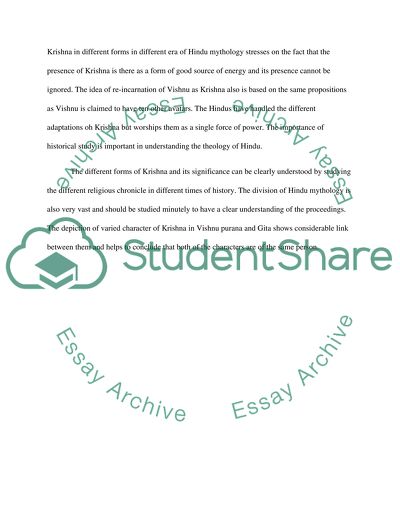Cite this document
(“Hinduism, History of Christian Thought, and Greek Philosophy Research Paper”, n.d.)
Retrieved de https://studentshare.org/religion-and-theology/1391804-hinduism-history-of-christian-thought-and-greek
Retrieved de https://studentshare.org/religion-and-theology/1391804-hinduism-history-of-christian-thought-and-greek
(Hinduism, History of Christian Thought, and Greek Philosophy Research Paper)
https://studentshare.org/religion-and-theology/1391804-hinduism-history-of-christian-thought-and-greek.
https://studentshare.org/religion-and-theology/1391804-hinduism-history-of-christian-thought-and-greek.
“Hinduism, History of Christian Thought, and Greek Philosophy Research Paper”, n.d. https://studentshare.org/religion-and-theology/1391804-hinduism-history-of-christian-thought-and-greek.


